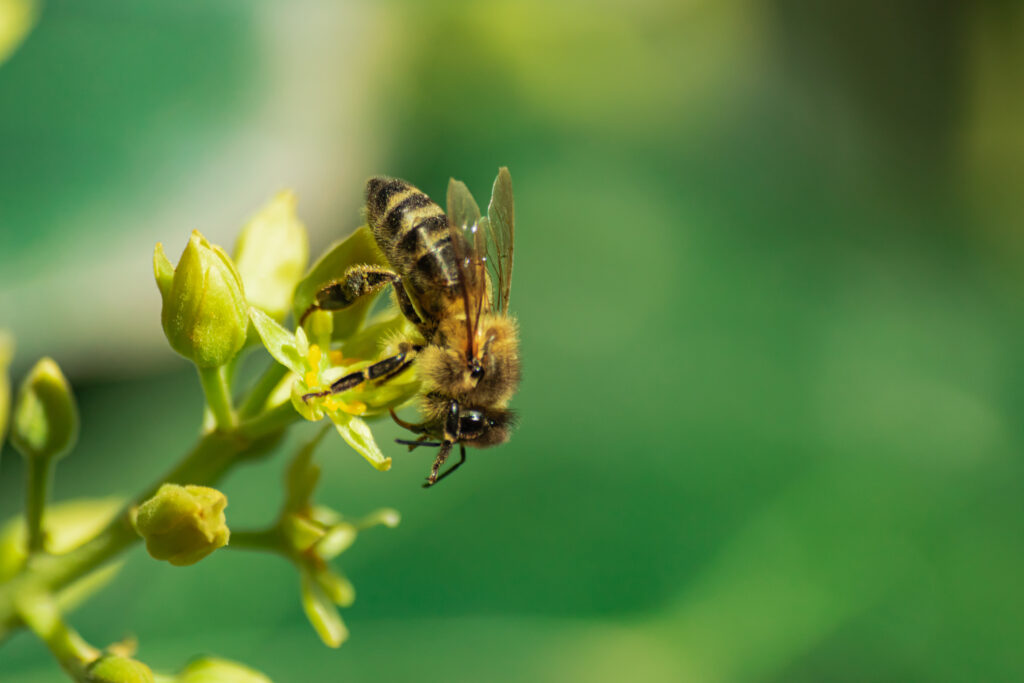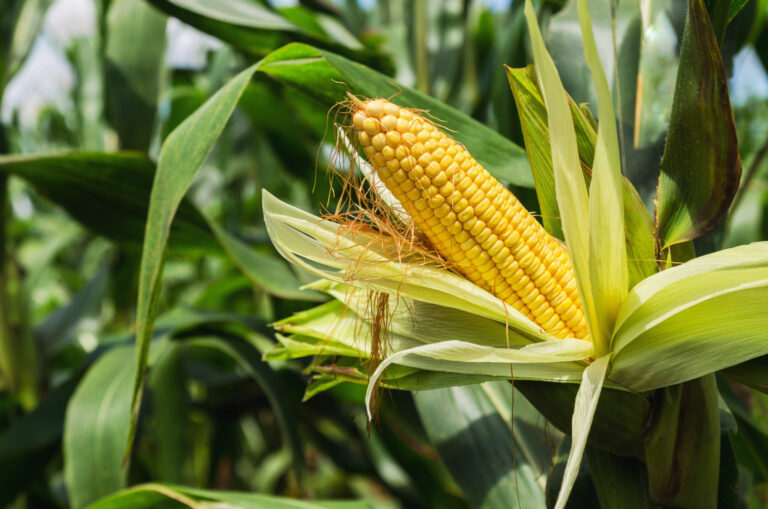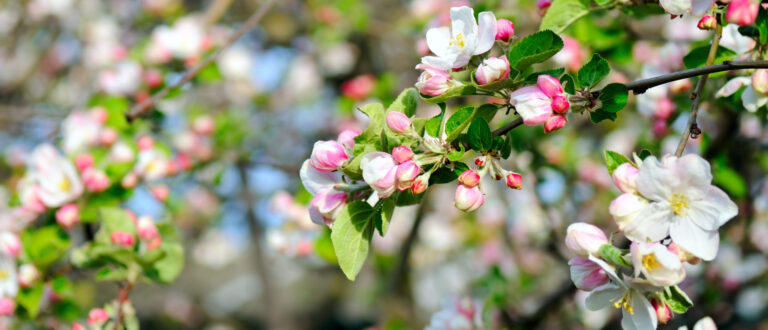Do DiPel® Biological Insecticide and XenTari® Biological Insecticide harm beneficial insects and pollinators?
Beneficial insects play a critical role in integrated pest management (IPM) programs. These insects help to control pests naturally, reducing the need for pesticides and promoting sustainable and environmentally friendly farming practices.
Ladybugs, lacewings, and parasitic wasps are just a few examples of beneficial insects that can be introduced into vegetable crops to help control pests like aphids, thrips, and mites. However, many insecticides can affect beneficial insects as well as the pests they’re intended to target. With a selective and targeted mode of action, DiPel Biological Insecticide and XenTari Biological Insecticide only control caterpillar pests without affecting other non-target arthropods.
DiPel and XenTari are biorational insecticides containing Bacillus thuringiensis subsp. kurstaki (Btk) and subsp. aizawai (Bta), respectively. They protect crops from lepidopteran pests using a unique combination of insecticidal protein crystals and Bt spores.
The selective, sustainable mode of action found in DiPel and XenTari comes from three key attributes:
- DiPel and XenTari work through ingestion, so only insects that damage crops will be exposed to insecticidal protein crystals (not spiders or lacewings).
- The insecticidal protein crystals only dissolve in the uniquely high pH of the caterpillar gut.
- Once the insecticidal proteins are dissolved, they bind to very specific receptor sites in the caterpillar mid-gut.
Because of this unique mode of action, DiPel and XenTari are a key tool in IPM programs that leverage the natural protection of insect predators and parasites with the benefit of quickly stopping feeding and effectively controlling lepidopteran pests.
Do DiPel and XenTari harm bees?
In the US, more than 100 crops rely on pollination by honey bees and other pollinators. Strict pesticide regulations and application while bees aren’t active are the first lines of defense to protect bee populations, but sometimes caterpillar pest outbreaks coincide with pollination. For example, in almonds and peaches, the peach twig borer (PTB), Anarsia lineatella, emerges from hibernation during bloom and petal fall while bees are actively foraging. DiPel and XenTari are a preferred choice for controlling PTB because they can be applied to control this devastating pest without affecting pollination efficiency.
Greenhouse producers rely on bees and other beneficial insects for pollination and pest control in an isolated environment. DiPel and XenTari are used around the world in greenhouses and shade houses to control caterpillar pests, like the tomato leafminer (Tuta absoluta) or armyworms (Spodoptera spp.), as part of IPM programs with beneficial insect release and bees for pollination.
Valent BioSciences prioritizes sustainability and products like DiPel and XenTari contribute to our sustainable approach to food production. Certified by the Organic Materials Review Institute (OMRI), DiPel and XenTari are used by organic and conventional growers alike.
To learn more about our Bt products, check out How to Use DiPel® or discover how trends have changed over time in Salesman Sells DiPel® for Over 30 Years.
Always follow label recommendations and local regulations around applying pesticides when bees are present.






